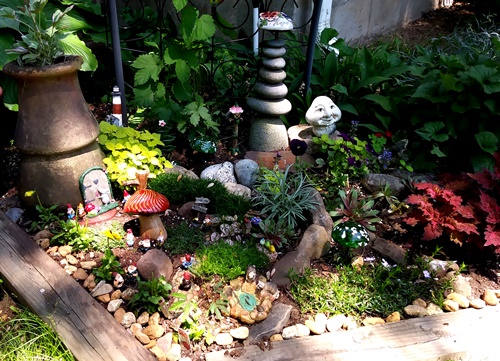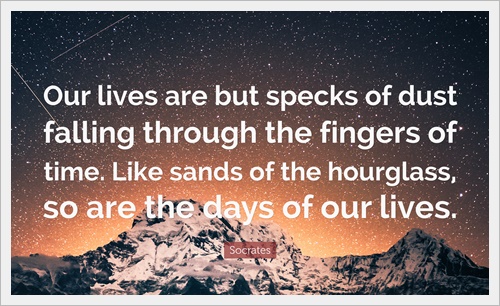
“It was fun while it lasted.” I guess I could say that about many periods of my life, especially when it comes to relationships with men.
I am thinking about that as I read Jack’s obituary. Our relationship lasted about three years, back in the 80s, and it was fun while it lasted. One of the legacies of that relationship, oddly enough, is friendships I formed with a couple of the women whom he dated after me. He had a knack for seeking out smart, creative women.
I kept in touch with Jack on and off over the decades. When, after he moved to Portland OR and my pedestrian son needed a ride from the oral surgeon’s office, I called Jack and he took care of it all. He was a good, imperfect guy. I am glad that I knew him and sad that he is gone.
More than ever, these days, I am painfully aware of the relentlessness of time – which really does seem to accelerate as one ages. And, here I am, at age 78, still trying to figure myself out as those relentless sands continue to carry me along.
It is all about the journey. Slogging through the sands of time. It’s all about the metaphors. Baba Bogina. The Raven. The knight with the swan helmet crest.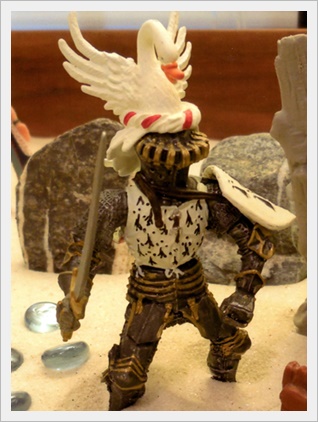
My Jungian therapist often uses “sand play” to stir and spur our conversations. I find that I intuitively pick out figures for the sand play without consciously knowing why. And then we work on the why.
I am still pondering why I chose the warrior with the swan helmet crest. It is the only figure I chose that was not obviously either male or female. Its face and body are covered with armor. Its stance can be interpreted as aggressive, defensive, or protective. It is blocking my path. Welcoming? Warning? And then there’s that anomalous spread-winged swan sitting on the top of its head.
My therapist did some searching before I had a chance to, and she send me a link that explained: a medieval tale about a mysterious rescuer who comes in a swan-drawn boat to defend a damsel, his only condition being that he must never be asked his name.
Does that help or not. I don’t know. I will need to ponder this a lot more as I wait for some synchronicity to spark an epiphany.
Is there someone on my path waiting? To lead me to the authentic “me”? To accompany me for a while on my journey? Or is it me in there, under the armor, my wings wanting to escape the hold of the protective helmet.
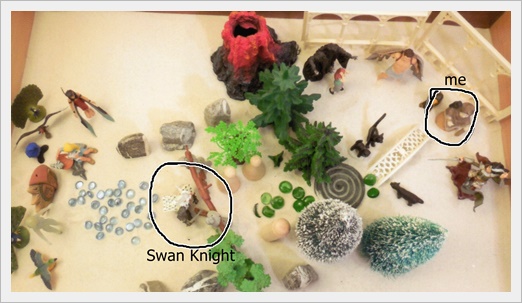

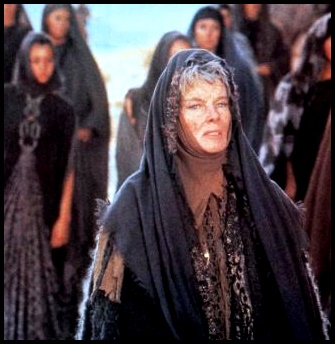 ENOUGH! We wanted Hecuba to finally cry ENOUGH! We wanted the Trojan Women to all finally cry ENOUGH! But they didn’t, and so we all cried ENOUGH for all the times we didn’t — for all of the times that men and women of conscience do not cry ENOUGH loud ENOUGH for all of the times that men of great ego and nothing else continue to repeat and repeat, over and over again, the very same tragic scenario that Euripides so eloquently and dramatically and ritualistically unfolded all of those centuries ago. When will it be ENOUGH?
ENOUGH! We wanted Hecuba to finally cry ENOUGH! We wanted the Trojan Women to all finally cry ENOUGH! But they didn’t, and so we all cried ENOUGH for all the times we didn’t — for all of the times that men and women of conscience do not cry ENOUGH loud ENOUGH for all of the times that men of great ego and nothing else continue to repeat and repeat, over and over again, the very same tragic scenario that Euripides so eloquently and dramatically and ritualistically unfolded all of those centuries ago. When will it be ENOUGH? 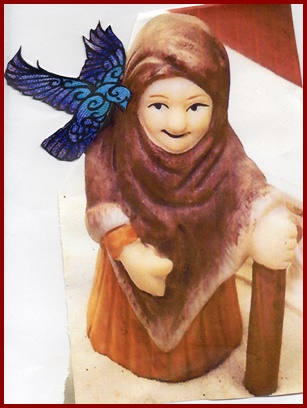 I have been through the process before, and blogged about it decades ago (somewhere on my old blog, which is only partially still available on blogspot). Severe sleep issues, depression (only partially helped with meds), and writer’s block have led me to try it again, this time with a different analyst, because
I have been through the process before, and blogged about it decades ago (somewhere on my old blog, which is only partially still available on blogspot). Severe sleep issues, depression (only partially helped with meds), and writer’s block have led me to try it again, this time with a different analyst, because 